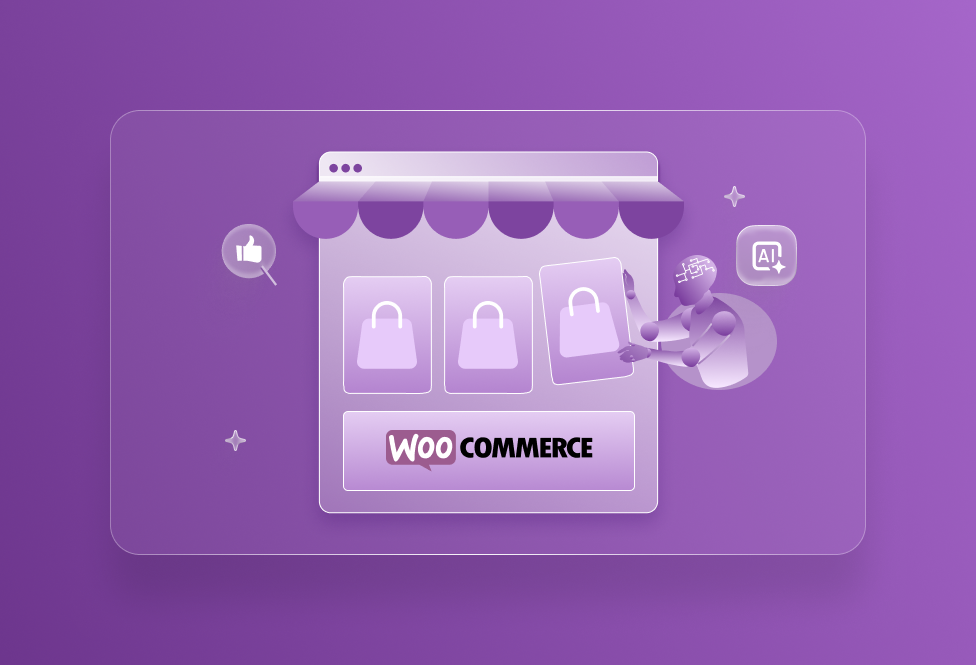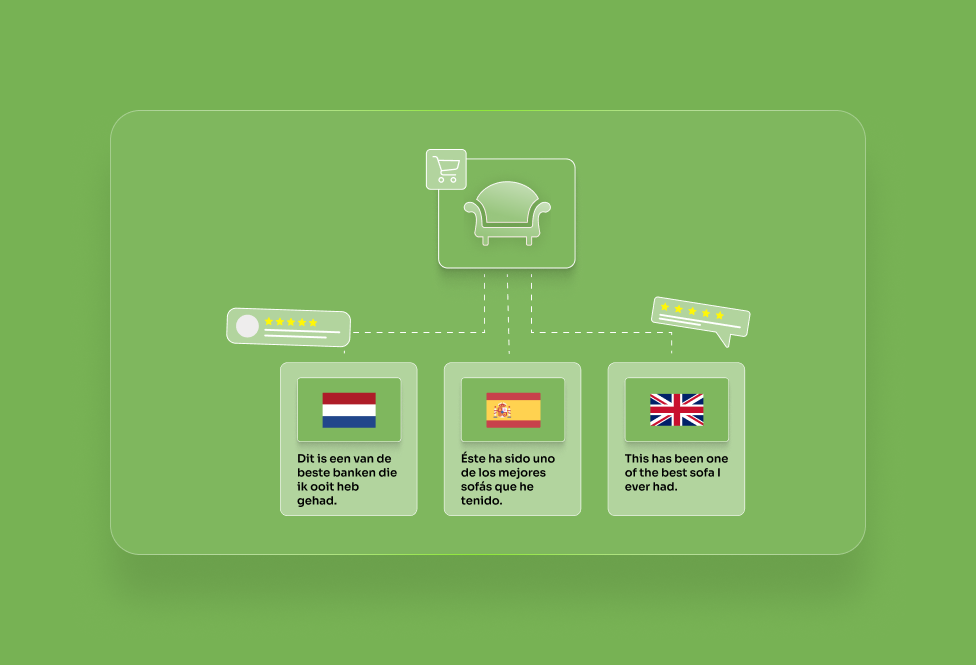Introduction
The growth of the cannabis industry is at its peak. In 2024 alone, U.S cannabis sales were estimated to account to about 115.2 billion dollars of the economy with retail sales at 32 billion dollars. Depending on current projections, the United States cannabis market is set to reel in close to $45 billion in terms of its revenue by the year 2025. IndicaOnlineFlowhub
However, the question here is that your site could be counterproductive.
Poor forms, checkout processes, or faulty checkout flows aren’t the only errors that cost cannabis retailers more than simply lost revenue.
It is ruined trust, carts with no final purchases, and in other scenarios, a less than pleasant tap on the shoulder by the regulators.
Market Capitalization of Top Cannabis E-Commerce Players (Mid-June 2025)
| Company | Market Cap (USD) |
|---|---|
| Canopy Growth | $368.18 M finance.yahoo.com |
| Cronos Group | $740.05 M finance.yahoo.com |
| Sundial Growers | $340.00 M macrotrends.net |
| Aurora Cannabis | $418.22 M ycharts.com |
| Organigram | $262.41 M ycharts.com |
In this blog we are going to focus on:
- Optimization strategies to enhance user experience and drive sales.
- Compliance essentials to ensure your website meets legal standards.
- Checkout improvements to reduce cart abandonment.
- Modern tech solutions, like headless commerce, to future-proof your online presence.
So, how do we prevent these costly website errors, and how do we set your cannabis retail enterprise up to win the long term lottery, and keep on winning?
Common Cannabis Retail Website Mistakes
Selling cannabis online isn’t just about having the right products; it’s about offering the right experience. And yet, too many dispensary websites trip over the same avoidable mistakes. Here’s where most go up in smoke:
⇾ Bad User Experience (UX) = Lost Trust and Revenue
Ever landed on a site that feels like a maze built in 2005? Yeah, customers hate that too.
From clunky load times to awkward product filters, a bad UX instantly kills interest.
Cannabis buyers, especially medical users, want a smooth, stress-free experience. If your site feels overwhelming or outdated, they’ll bounce faster than a botched pre-roll.
⇾ Confusing Navigation
A confused customer is a lost customer. If your categories aren’t clear – say, flowers, concentrates, and edibles lumped into a single page, you’re making them work too hard to spend money. That’s a terrible business model.
Fix it: Create smart, shopper-friendly categories. Guide visitors like a knowledgeable budtender would, with clarity and context.
⇾ Lack of Mobile Optimization
Fix it: Go fully responsive. Better yet, design mobile-first. If your site doesn’t feel seamless on a smartphone, it’s costing you real money.
Dispensary Website Optimization Essentials
Optimization isn’t just about making things faster. It’s about making them frictionless, intuitive, and ready to convert.
⇾ Fast Load Times (Because No One Waits to Get High)
If your site takes more than 3 seconds to load, you’ve already lost a chunk of your audience. Cannabis shoppers aren’t patient, they’re busy, mobile, and ready to click out the moment something lags.
Pro tip: Compress images, use lazy loading, and move to a lightweight headless setup if possible. Every millisecond counts.
⇾ Clean CTAs and Product Categorization
“Shop Now” should mean something. If your CTAs (Calls-to-Action) blend into the background or your categories read like a product dump, visitors won’t know where to go and they’ll give up trying.
Pro tip: Use bold, focused CTAs. Group products the way real people shop by mood, effect, or occasion, not just strain type.
⇾ SEO Structure for Local Search
People aren’t Googling “cannabis dispensary” – they’re Googling “cannabis dispensary near me.” Local SEO is your digital street sign. Without it, your store is invisible in your own neighborhood.
Pro tip: Optimize your Google Business Profile, add location-based keywords, and make sure your site schema speaks Google’s language.
⇾ Mobile UX Tuned for On-the-Go Buyers
Pro tip: Test your UX when you’re walking, multitasking, or using one hand just like your customers do.
Dispensary Website Optimization Essentials
Ever had a customer add products to their cart, head toward checkout… and then disappear? That’s cart abandonment and in cannabis eCommerce, it happens more often than you think.
Here’s how to fix it.
First, try using smart upsells. But don’t overdo it. Instead of shouting “Buy more!”, suggest useful add-ons. For example: “People who bought this hybrid strain also liked these calming gummies.” It should feel helpful, not pushy just like a good budtender.
Next, look at your checkout process. If it’s too long or confusing, people will give up. Keep it simple. Let people check out as guests, use autofill for forms, and show progress like “Step 2 of 3.” The smoother the experience, the more likely they’ll finish the purchase.
Finally, be clear about delivery and pickup. Customers want to know when their order will arrive and how they’ll get it. Show delivery time estimates, pickup options, and any local delivery info right in the cart. No one likes guessing.
In short, if your checkout feels clear, easy, and trustworthy, customers are much more likely to hit “Place Order” instead of walking away.
⇾ Cannabis Checkout Flow Errors
Checkout is the final step, and the most critical. But for many cannabis retailers, it’s where everything falls apart. Small issues at this stage can frustrate customers and drive them away for good. Let’s look at three common checkout problems and how to fix them:
Payment Gateway Failures
Many payment processors still treat cannabis like it’s taboo, even in legal markets. The result? Failed transactions, confusing errors, or entire gateways going down during peak hours.
Fix it: Use a cannabis-friendly payment processor that’s stable, secure, and works across devices. And always have a backup method ready.
Age Verification Friction
Yes, compliance is important. But if your age check system is slow, reloads on every page, or doesn’t remember returning users, it becomes annoying fast.
Fix it: Make age verification smooth and instant. Let it persist across sessions where allowed, and don’t make customers feel like they’re jumping through hoops just to browse.
Lack of Real-Time Inventory
One of the quickest ways to lose trust? Let someone check out with a product that’s actually out of stock. It feels like bait-and-switch, and it kills repeat business.
Fix it: Sync your website with your POS or inventory system so that stock levels update in real time. If something’s low or sold out, show it clearly.
Legal Compliance Pitfalls to Avoid :
A legal cannabis retailer is really about maintaining records and not about a stack of paperwork. A single error on the Web will find you in trouble with the regulators, loss of reputation, or the worst scenario, suspension of your license.
Consider three of the common pitfalls of compliance that the cannabis websites missed:
⇾ State-by-State Regulation Differences
The laws of cannabis in one state are wildly different from those of any other state and the laws should be respected on your website. The order that is legal in California may be prohibited in New York. Engaging in the selling or even advertising of some particular products across the borders in even a flimsy way is enough to land one into big trouble.
Fix it: Use geolocation tools to customize the user experience based on where a visitor is located. Limit product visibility, pricing, or even access to your site based on regional rules.
⇾ Mandatory Age Verification
A simple “Are you 21+?” pop-up isn’t enough anymore. Regulators expect robust age checks, and failure to comply can lead to heavy fines or a shutdown order.
Fix it: Implement stronger verification, like date of birth entry or third-party tools that confirm age behind the scenes. Make it quick but credible.
⇾ Customer Data Privacy Handling
Cannabis websites get sensitive information, including names, addresses, purchase history, and so on. Misusing such data does not only destroy the trust but may be an infringement of privacy policies such as CCPA or GDPR.
Fix it: Include a privacy policy that can be easily understood, build up an encrypted check out system and never keep as much customer data as you can help. Disclose the kind of data you gather and their usage.
⇾ Geolocation Compliance for Weed Stores
Selling cannabis online means playing by location-specific rules, and that’s not optional. What’s legal in one state might be restricted or outright banned in another. If your website doesn’t account for this, you’re inviting legal trouble.
That’s where geolocation compliance comes in.
How to Restrict Access by State or Region?
To stay compliant, your website must limit access to certain content, products, or services based on where a visitor is located. For example:
- A customer in Colorado can shop for edibles, but a visitor from Texas shouldn’t even see those products.
- Local delivery options should only be shown in zip codes where you’re licensed to operate.
Fix it: Set up your site to detect user location automatically and display (or hide) products, pricing, and checkout options accordingly.
What Makes a Compliant Dispensary Website?
A professional cannabis website isn’t just about sleek design or fast loading, it’s about being legally sound from the ground up. In such a highly regulated industry, compliance must be baked into every part of your digital storefront.
So, what exactly makes a dispensary website compliant?
Second, your age verification system must be more than a pop-up. It should ask users for their date of birth, restrict access to underage visitors, and comply with your region’s specific verification laws. The smoother the process (without being weak), the better. Some markets even require more advanced ID verification tools, and if that’s the case, it’s worth integrating them.
Third, make sure your product content follows cannabis advertising rules. Avoid health claims like “cures pain” or “reduces anxiety” unless you’re licensed for medical use. Keep language factual and compliant. Use clear descriptions, effects, ingredients, and verified reviews instead of exaggerated marketing speak.
When done right, a compliant dispensary website won’t just help you avoid penalties, it’ll show customers and regulators that your business is professional, trustworthy, and here to stay.
Fixing Mistakes with Modern Tech Solutions
If your dispensary website feels slow, hard to manage, or out of sync with your operations, the problem isn’t you. It’s your tech stack. Many cannabis retailers are still running on outdated tools that can’t keep up with today’s demands for speed, compliance, and customer experience.
Let’s look at how modern tech solutions can fix the most common website issues, and actually help you grow.
1. CMS Flexibility and Performance
Not all content management systems (CMS) are built for cannabis. If your site struggles with slow load times, poor mobile experience, or hard-to-customize layouts, it might be time for an upgrade.
Modern CMS platforms, especially headless CMS, give you the freedom to design faster, more dynamic websites without being stuck in rigid templates. You can tailor the front-end experience based on your brand, compliance needs, and customer behavior, all while keeping your backend clean and easy to manage.
Result: Faster site, better user experience, and the ability to adapt quickly to new products, promos, or legal changes.
2. Real-Time Inventory Syncing
Selling cannabis isn’t like selling t-shirts, you’re dealing with tightly regulated products and fast-moving inventory. Customers expect to see what’s actually in stock, not guesswork.
Modern tech solutions connect your website directly to your POS (Point-of-Sale) system. This ensures:
- Real-time product availability
- Automatic updates on pricing and stock
- Fewer manual errors and customer complaints
Result: Fewer canceled orders and more trust with your customers.
3. Marketing Integrations That Actually Work
A modern dispensary site should do more than display products, it should help you sell them. By integrating with marketing tools like email platforms, SMS campaigns, loyalty programs, and analytics, you can create personalized promotions that drive traffic and increase repeat purchases.
Look for integrations that allow you to:
- Send automated back-in-stock alerts
- Track user behavior for targeted campaigns
- Offer loyalty rewards synced with online and in-store activity
Result: Better customer engagement, higher conversion rates, and less reliance on manual outreach.
Headless Commerce for Weed Stores
In the fast-moving, highly regulated world of cannabis retail, traditional eCommerce platforms often struggle to keep up. That’s where headless commerce steps in, offering the flexibility, speed, and control that dispensary websites need to thrive.
So, what is it?
Headless commerce separates the front end of your website (what customers see) from the back end (where content, inventory, and logic live). This means you can design a fully customized shopping experience while still using powerful tools behind the scenes.
Why Headless Fits So Well in Compliance-Heavy Industries
In cannabis, rules change fast. What’s allowed today might be restricted tomorrow, and each state has its own playbook. Headless commerce gives you the flexibility to adapt quickly, without rebuilding your entire site.
Because the front end (what users see) is separate from the back end (where your data and logic live), you can:
- Show or hide products based on customer location
- Customize content by age or medical status
- Easily plug in third-party compliance tools
It’s like building with Lego blocks instead of pouring concrete, way easier to update.
What are the Speed + Scalability Benefits?
Think about performance. Cannabis shoppers are often browsing on mobile, in a rush, or during peak times (hello, 4/20). Headless sites are lightning-fast because they load only what’s needed, when it’s needed.
Benefits include:
- Faster page loads = lower bounce rates
- Better SEO rankings (Google loves speed)
- More stable performance during traffic spikes
- Easier integration with delivery apps, CRMs, and loyalty systems
In short, headless grows with you, without slowing you down.
Examples of Dispensary Stores Using Headless Stacks
Some of the fastest-growing cannabis eCommerce stores have already gone headless. Brands like Amuse, Emjay, and Eaze use headless stacks to serve highly localized, compliant content at scale, while delivering an app-like experience right in the browser.
Their teams can:
- Push design updates without touching the product database
- Run geo-specific promos without breaking compliance rules
- Deliver real-time product data with no delays
Final Thoughts
In cannabis retail, your website can make or break your business. A slow, confusing, or non-compliant site doesn’t just lose sales, it risks your license and reputation.
The good news? Every mistake is fixable.
With the right tech, smart UX, and built-in compliance, your site can become a high-converting, regulation-ready powerhouse. Fast, flexible, and future-proof.
In this fast-growing market, the smartest dispensaries aren’t just selling weed, they’re building digital experiences that grow with them.


 June 20, 2025
June 20, 2025







TEAM id
jnext_services
email us [email protected]
india
+91 98587 63596
United Kingdom
+ 44 77679 57915